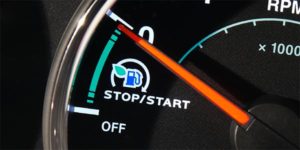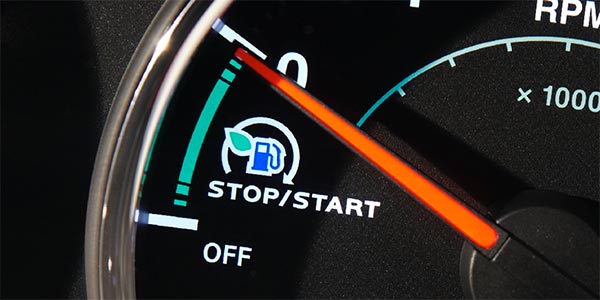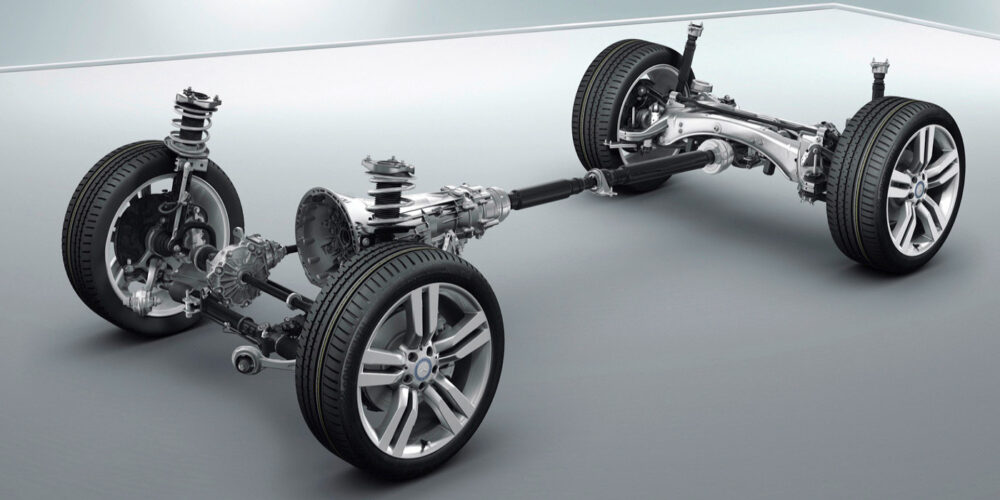
Models: 2013-‘16 A7, A6, A8 and Q5; 2016-‘17 A4, S6, Q7 and TT
This informational TSB applies to Audi vehicles with a start/stop system. The start/stop system allows automatic engine stops and starts. Although the driver expects it, the engine may not automatically be switched off due to many different factors.
Conversely, the engine can also start automatically when the driver does not expect it. For the start/stop system to work, there must be no malfunctions or fault entry in any control that could affect its operation. Vehicles with start/stop systems cannot be legally disabled.
The engine cannot automatically be switched off unless the following conditions apply:
- The minimum engine temperature has been reached. Unless this is the case, the system does not switch off the engine to avoid interrupting the warm-up and to ensure cabin heating is available as quickly as possible.
- After starting and the vehicle has exceeded a certain speed (6 mph for automatics and 2 mph for manual transmissions), and the vehicle has been driven a few feet before coming to a complete stop.
- The charge level of the battery is sufficient for the engine to be restarted. To ensure this, the battery manager constantly monitors the charge level of the battery.
- The defrost function is deactivated.
- The driver is wearing a seat belt.
- The driver door and the hood must be closed.
- The engine speed must be below 1,200 rpm.
- The diesel particulate filter (DPF) must not be in the regeneration process.
- The difference between target and actual interior temperature must not be more than 53ºF.
- The road incline must be less than 10°.
- The steering wheel must not be more than 270° (3/4) turned, as the vehicle comes to a standstill.
- On vehicles with automatic transmissions, the brake pedal must be pressed and held as long as the start/stop function is active.
- A gear must not be selected (manual transmission only).
- The clutch must not be pressed (manual transmission only).
In the following situations, the engine is not automatically switched on:
- The vehicle is electronically connected to a trailer.
- The system was manually deactivated by the button on the center console.
- The clutch pedal is depressed.
- A gear is selected (manual transmission only).
- The brake pedal is not pressed hard enough.
- The desired interior temperature has not yet been reached.
- The charge level of the battery is too low.
- The windscreen is being defrosted.
- The steering wheel is turned more than 270º.
- The incline is too great.
- The battery has not been adapted with a scan tool, or after an adaptation process, it is still in the process of calculating the charging curve. This process takes about 10 start cycles.
In the following situations, the engine starts automatically without driver involvement (without pressing the clutch pedal):
- The vehicle rolls with a switched-off engine and reaches a speed of 2 mph.
- The gear selector lever is in reverse.
- The coolant temperature drops or rises too much.
- The vacuum in the brake booster has dropped, leading to reduced braking assistance.
- The charge level of the battery is below a certain level.
- Too many electrical devices are switched on.
- The windscreen is being defrosted.
Requirements for the engine to be started deliberately by the driver after being turned off:
- The clutch pedal must be pressed.
- On vehicles with an automatic gearbox, the brakes have been released (without Auto Hold function).
- The start/stop button is pressed.
If a customer complaint is confirmed, check for codes and diagnose it with a scan tool. If the problem can’t be resolved with a scan tool, more information regarding self-diagnostic procedures can be found in the service information.
The start/stop system is complex and a number of the aforementioned conditions affect its operation. In many cases, concerns about the start/stop system may actually be regarding normal operation or be influenced by the actions of the driver or passenger.
Courtesy of Mitchell 1.














